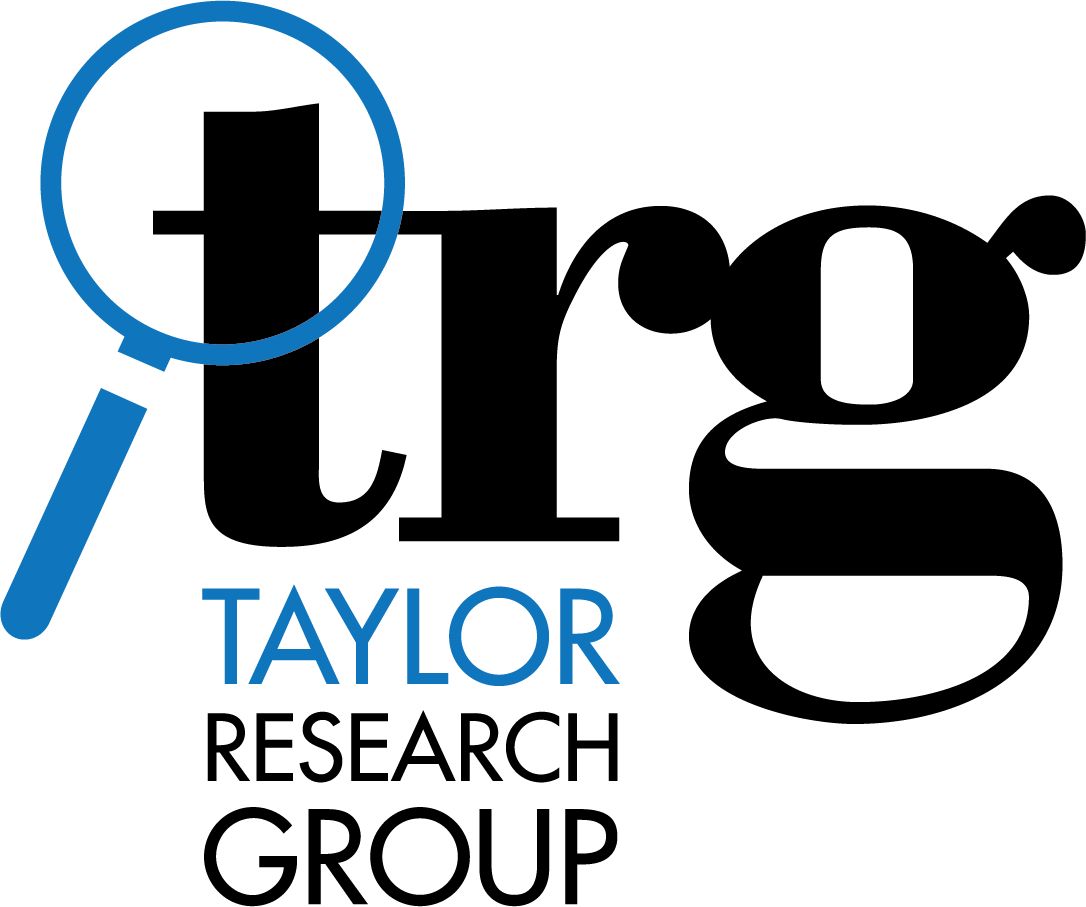Last month, on the heels of our trilogy of blogs related to the Impact of PFAS on Environmental Litigation (Virtual) Conference hosted by Perrin Conferences, TRG attended a subsequent PFAS webinar, which is the subject of this week’s blog.
“Do the Homework on Corporate History” was one of six key takeaway points from the Identification of PFAS Sites and Questions of Legal and Insurance Coverage webinar hosted by Perrin Conferences. The webinar cautioned that, while companies attempting to understand their liability often turn first to insurance archaeology, instead their initial step should be to fully understand their own corporate history and how they became liable in the first place. The webinar pointed out that sales, acquisitions, and mergers all may have affected liability, as well as any active insurance policies.
When it comes to PFAS liability, the number of companies confronting this challenge is likely to grow rapidly. While regulation of PFAS chemicals tightens, the list of PFAS chemicals of concern grows, and with the EPA expected to declare the two most infamous PFAS chemicals (PFOS and PFOA) as hazardous substances under CERCLA, litigation is also now targeting a wider variety of business and government entities along the PFAS waste stream. The expansion of focus from the initial litigation against PFAS manufacturers to a broader group of intermediate manufacturers, end users, and disposers has been ongoing for a long time. Today, however, there is increasing focus on what the webinar termed the “Unsuspecting Sources” – entities that did not manufacture, use, or intentionally dispose of PFAS, but who nonetheless have participated, however passively, in creating PFAS waste streams.
These include wastewater treatment and drinking water utilities, sources of irrigation water, landfills (both lined and unlined), and biosolids suppliers and users, whose potential liability comes from failure to extract PFAS from wastes and therefore permitting their discharge into the environment. And this list of passive sources of PFAS contamination is growing still. One example from the webinar is dry-cleaning and laundry businesses, around which PFAS plumes have been discovered. According to the webinar, forensics indicate that the plumes come not from these businesses’ own inputs (such as dry-cleaning chemicals), but from the release of PFAS from clothing such as waterproofed garments during the cleaning process.
In addition, the webinar noted that there is growing concern about airborne PFAS, in addition to existing concerns about PFAS-contaminated wastewater or solid wastes. Although the potential for PFAS contaminated air emissions has been on scientists’ radar for a number of years, a study published late last year found that those concerns were not only justified, but that PFAS can spread farther via air emissions than previously predicted. Researchers discovered PFOA from a factory that produced Teflon-coated fabrics spread eight miles downwind, including atop and on the far side of a mountain 2,000 feet above the plant.
With all of these variables in play, we expect the number of entities deemed potentially responsible parties to grow dramatically in the coming years, and with that their need to completely understand their own histories, both as organizations and as producers, users, disposers, or processors of PFAS. In addition to our pioneering work in researching historical usage and disposal of PFAS end-products such as AFFF, TRG has decades of experience helping corporate and government entities to better understand their own histories. Whether charting a corporation’s mergers, acquisitions, and spin-offs or documenting how a business may have contributed to contamination through its manufacturing or disposal practices, TRG routinely helps our diverse array of clients to assess their potential liability.

